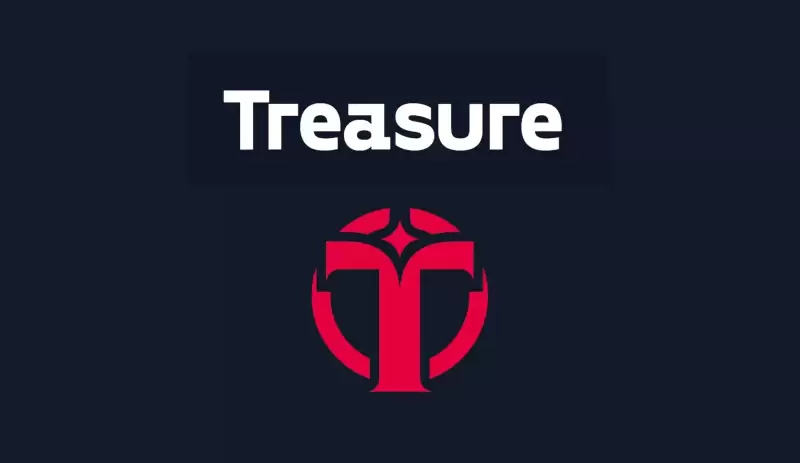 |
|
 |
|
 |
|
 |
|
 |
|
 |
|
 |
|
 |
|
 |
|
 |
|
 |
|
 |
|
 |
|
 |
|
 |
|
This minting error has captivated collectors and enthusiasts alike, with certain specimens fetching prices as high as $350,000.

Coins often carry stories from the past, and some tales are more intriguing than others. Among the coins that spark the greatest interest are those with minting errors, coins that serve as a window into the slip-ups and mishaps of the past. One such coin that has captivated collectors and enthusiasts is the 1937 Three-Legged Buffalo Nickel, specifically minted in Denver. This minting slip-up has led to certain specimens of this coin being sold for prices as high as $350,000. Let’s take a closer look at this coin, how to identify it, and its significance in the world of numismatics.
A $350,000 Minting Mishap: The 1937 Buffalo Nickel Error
The 1937-D Three-Legged Buffalo Nickel is a fascinating part of American numismatic history, showcasing the importance of quality control in coin minting. This rare error coin stands as a testament to how a simple mistake can create something valuable and highly sought after. For collectors, owning a Three-Legged Buffalo Nickel is like holding a piece of history.
Whether you’re a seasoned collector or a curious enthusiast, understanding and identifying coin errors like this one can significantly enrich your experience in the world of numismatics. Coins like the 1937-D Three-Legged Buffalo provide not only monetary value but also a deeper connection to the rich and storied past of American currency.
Understanding the 1937 Buffalo Nickel
The Buffalo Nickel, officially known as the Indian Head Nickel, was minted from 1913 to 1938. Designed by James Earle Fraser, it features a Native American on the obverse and an American bison on the reverse. The 1937 issue is notable not just for its design but also for a significant minting error that has piqued the interest of collectors worldwide.
The error in question, known as the Three-Legged Buffalo Nickel, is one of the most famous and valuable mistakes in coin history. The coin was minted at the Denver Mint, and the error occurred during routine die maintenance. It wasn’t until later that collectors began to notice something was amiss—one of the buffalo’s legs was missing.
A $350,000 Minting Mishap: The 1937 Buffalo Nickel Error
In 1937, during routine die maintenance at the Denver Mint, workers over-polished the reverse die. This over-polishing inadvertently wore down the buffalo’s front right leg, resulting in the now-famous Three-Legged Buffalo Nickel. This error is unique to the Denver-minted coins of that year, identifiable by the “D” mint mark below the buffalo on the reverse.
The over-polishing caused the leg to wear down almost entirely, leaving behind an incomplete image of the buffalo. It’s important to note that while the 1937-D Buffalo Nickel is a highly sought-after error, it was not widely recognized by the general public at first. Many of the coins circulated for years before collectors began to spot the missing leg and realize their rarity.
Identifying the Three-Legged Buffalo Nickel
To determine if you have a Three-Legged Buffalo Nickel, follow these steps:
Visual Guide:
A proper visual inspection is key to identifying this error. With the missing leg, the buffalo will appear incomplete or deformed in the leg area, a feature that is not apparent in regular Buffalo Nickels from that year. Compare the coin’s reverse to high-quality images of known error coins for reference.
Value and Rarity
The value of a 1937-D Three-Legged Buffalo Nickel varies significantly based on its condition. The more pristine the coin, the higher its price. Here are some rough estimates:
In total, it is estimated that approximately 10,000 of these error coins were released into circulation. This makes the 1937-D Three-Legged Buffalo Nickel relatively rare, especially in high-grade condition. The rarity of the coin is one of the reasons why it has such a high value, especially for collectors seeking out coins with unique characteristics.
Many of these error coins likely went unnoticed for years, as the missing leg was not obvious at first glance. This subtle nature has further contributed to the coins' scarcity in good condition, rendering them even more desirable among collectors.
Other Notable Buffalo Nickel Errors
While the Three-Legged Buffalo is the most famous error, other notable mistakes include:
The world of Buffalo Nickels is filled with valuable and intriguing errors, making them a rewarding pursuit for collectors.
Tips for Collectors
For those interested in collecting or verifying the authenticity of error coins, here are some helpful suggestions:
1. Authentication
Always consult professional numismatists or use grading services to authenticate rare coins. Many fakes or altered coins can easily
Disclaimer:info@kdj.com
The information provided is not trading advice. kdj.com does not assume any responsibility for any investments made based on the information provided in this article. Cryptocurrencies are highly volatile and it is highly recommended that you invest with caution after thorough research!
If you believe that the content used on this website infringes your copyright, please contact us immediately (info@kdj.com) and we will delete it promptly.
-

-

-

- XYZVerse (XYZ) Captures the Attention of Cryptocurrency Analysts By Cointelegraph
- Apr 20, 2025 at 09:30 pm
- A digital token costing just $0.003 is capturing the attention of cryptocurrency analysts. Some believe this undervalued asset could outperform major cryptocurrencies like Bitcoin, Ethereum, and XRP.
-

-

-

-

-

-





























































